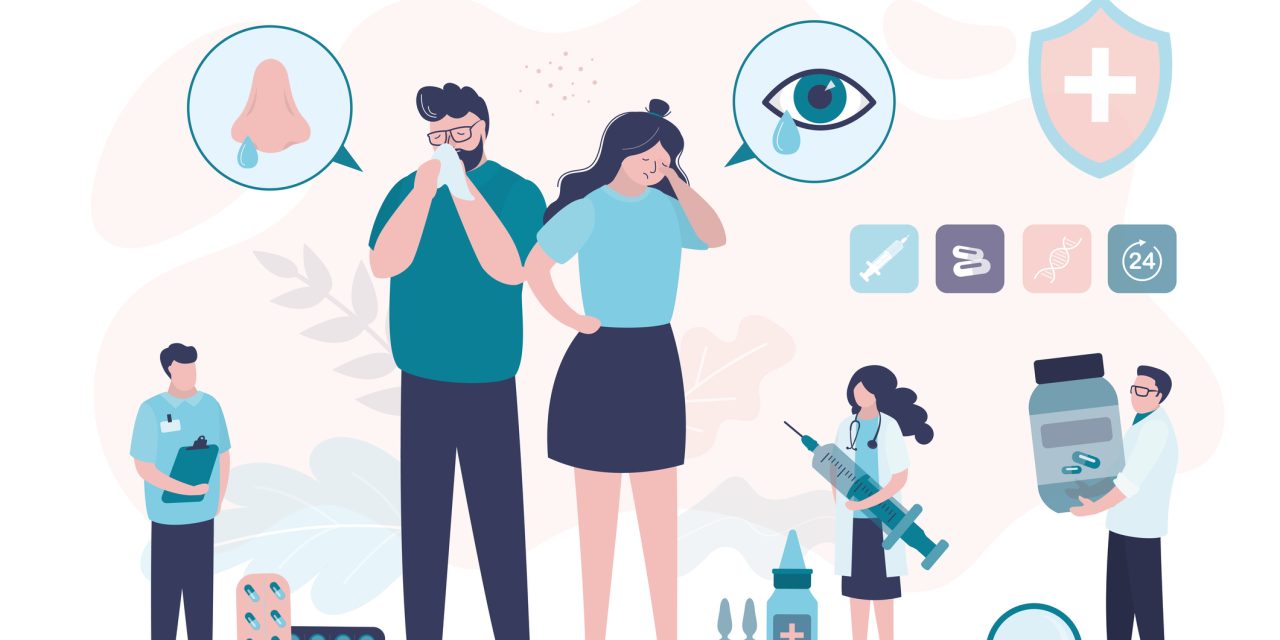To assess the performance of statistical modeling in predicting follow-up adherence of incidentally detected pulmonary nodules (IPN) on CT, based on patient variables (PV), radiology report related variables (RRRV) and physician-patient communication variables (PPCV).
200 patients with IPN on CT were retrospectively identified and randomly selected. PV (age, gender, smoking status, ethnicity), RRRV (nodule size, patient context, whether follow-up recommendations were provided) and PPCV (whether referring physician documented IPN and ordered follow-up on the electronic medical record) were recorded. Primary outcome was whether patients received appropriate follow-up within +/- 1 month of the recommended time frame. Statistical methods included logistic regression and machine learning (K-nearest neighbors and support vector machine).
Adherence was low, with or without recommendations provided in the radiology report (23.4 %-27.4 %). Whether the referring physician ordered follow-up was the dominant predictor of adherence in all models. The following variables were statistically significant predictors of whether referring physician ordered follow-up: recommendations provided in the radiology report, smoking status, patient context and nodule size (FDR logworth of respectively 21.18, 11.66, 2.35, 1.63, p < 0.05). Prediction accuracy varied from 72 % (PV) to 93 % (PPCV, all variables).
PPCV are the most important predictors of adherence. Amongst all variables, patient context, smoking status, nodule size, and whether the radiologist provided follow-up recommendations in the report were all statistically significant predictors of patient follow-up adherence, supporting the utility of statistical modeling for analytics, quality assurance and optimization of outcomes related to IPN.
Copyright © 2020 Elsevier B.V. All rights reserved.
Statistical modeling can determine what factors are predictive of appropriate follow-up in patients presenting with incidental pulmonary nodules on CT.


